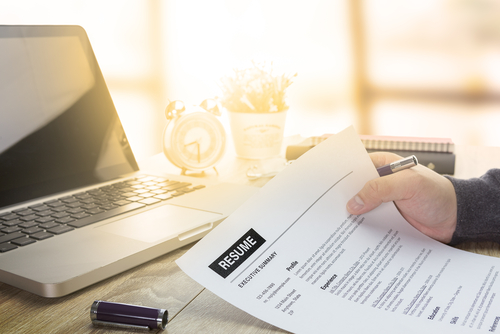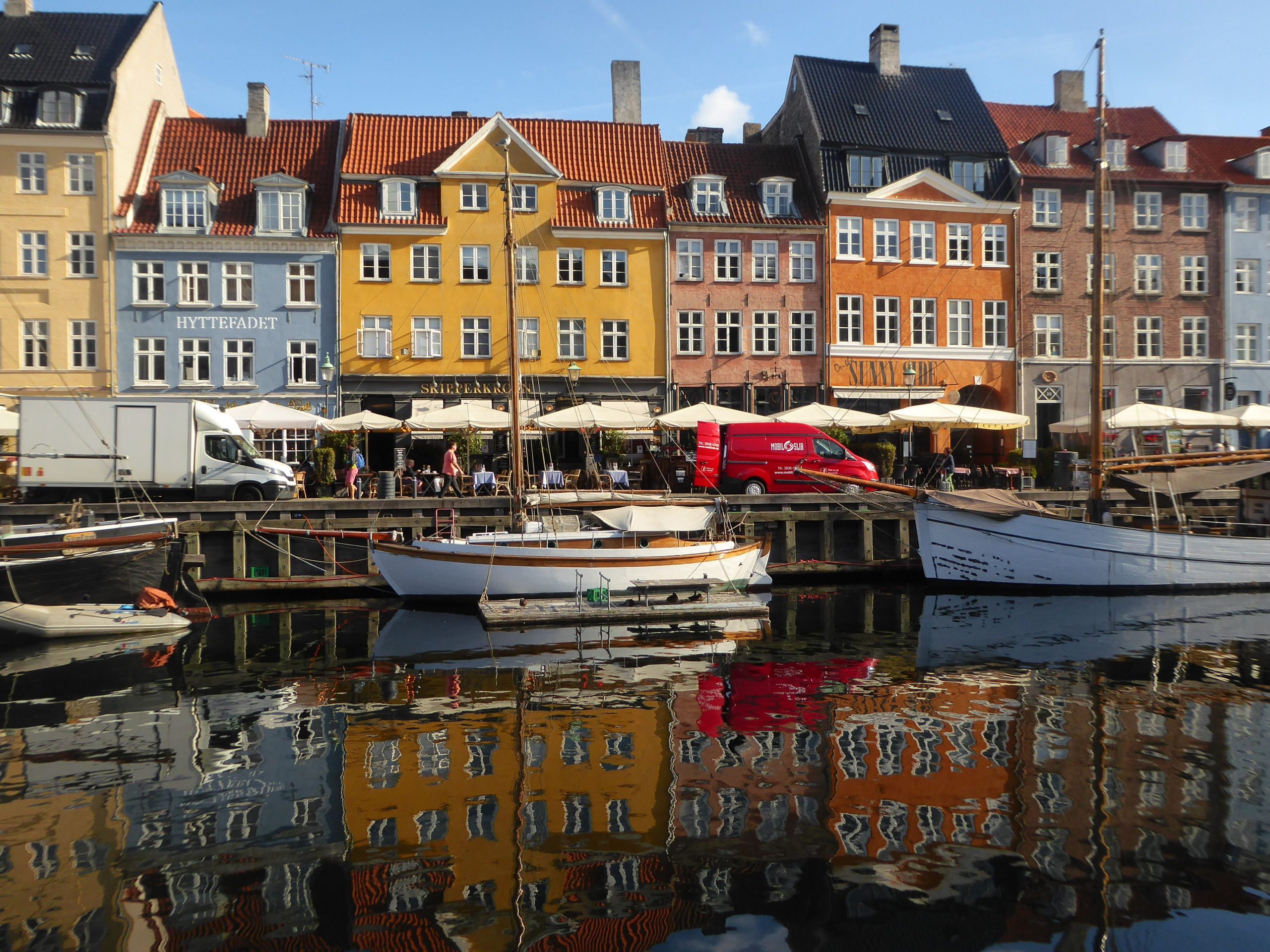Denmark's unique flexicurity model, a blend of labor flexibility and security, offers an ideal environment for international professionals seeking stable and rewarding careers.
Why This Matters Now
Denmark’s flexible labor market is a powerful draw for international talent. Recent reforms and transparent collective agreements have enhanced social safety nets, making it a highly attractive destination for those seeking a stable career path. With global competition for skilled workers at an all-time high, employers are actively looking for candidates who understand and can thrive in the Danish employment culture. To begin a successful career in the country, it's essential to grasp the fundamentals of flexicurity Denmark jobs.
To learn more about work permits and salary expectations for foreign talent, see our guide on Working in Denmark as a foreign professional.

What Is Flexicurity? The Three Pillars
Flexicurity is Denmark's innovative labor model, designed to balance the needs of employers and employees. It is built on three core pillars that work in harmony to create a dynamic and secure job market.
- Flexible Hiring and Firing: This pillar allows employers to easily adjust their workforce to meet market demands. For a company, this means being agile and competitive. For you, the employee, this means the job market is incredibly fluid, with new opportunities constantly arising. The system drives frequent hiring, helping new talent enter the job market faster.
- Robust Social Security: Despite the ease of termination, flexicurity provides a strong safety net. Most employees are members of an
A-kasse(unemployment insurance fund). Should you lose your job, you are eligible for generous unemployment benefits for up to two years. This financial support is a crucial part of the model, providing security and peace of mind during career transitions. The government sets a high standard for this social safety net, ensuring a secure bridge between jobs. - Active Labor Market Policies: This is where the model truly shines. The government, in collaboration with unions and employers, invests heavily in retraining and education. Unemployed workers get career counseling and paid courses to boost skills, promoting job mobility over fixed-position security.
This entire framework is supported by a long-standing tradition of collective bargaining, established by the "September Compromise of 1899." This ensures fair wages and working conditions without direct government interference. As a result, even in the absence of a statutory minimum wage, Denmark maintains high standards for all employees.

How Flexicurity Protects Foreign Workers
The flexicurity model is uniquely beneficial for international professionals. It not only offers a clear path to employment but also guarantees protection and support throughout your career.
- Easy Entry into the Labor Market: Flexible hiring helps foreign talent land flexicurity jobs in Denmark. Explore thousands of opportunities on our website.
- Financial and Professional Safety Nets: If you lose your job, your membership in an
A-kasseprovides financial stability through unemployment benefits. This support system lets you focus on your next job without stressing about finances. - Union Coverage and Fair Standards: A new 2025 scheme lowers the salary threshold to DKK 300,000 for companies under collective agreements, easing market entry for foreign workers.

Real Impact Example: Consider Sarah, a software developer from Brazil who moved to Denmark for a job at a tech startup. Six months into her role, the startup unfortunately had to downsize. Because of the flexible labor model, her contract was terminated. However, since she had joined an A-kasse and a union, she received a generous severance package and was eligible for unemployment benefits. Her union provided free legal advice, and the public job center offered her a fully funded course in cybersecurity, a skill in high demand. Within three months, she was re-employed at a larger company, using her new skills to secure a more senior role. This is how flexicurity works: a layoff isn't a dead end, but a bridge to a new opportunity.

Flexicurity vs. Rigid Labor Models
In many other countries, particularly in Southern Europe, labor models are tied to rigid employment contracts that make it difficult and expensive for companies to lay off staff. While this seems to offer "job security," it can lead to higher long-term unemployment and a hesitant job market.
Denmark’s model is the opposite. By encouraging Danish labor market flexibility job security, it enables employers to adapt quickly, leading to higher skill mobility and a more resilient economy. As a result, Denmark consistently maintains a low unemployment rate. For example, Eurostat data for Q2 2025 shows Denmark's unemployment rate is 2.5%, significantly lower than the EU average. This system fosters a culture of lifelong learning and career agility.

Why Employers Love It and So Should You
Danish employers value the flexibility to build strong, adaptable teams. They expect continuous skill development and appreciate candidates with a flexible mindset. For foreign workers, this means being willing to upskill and embracing mobility is key to success. If you're ready to get noticed, you should consider using our AI Resume Builder to craft a professional CV that will highlight your adaptability.
Need help tailoring your CV to Danish standards? Read our Danish resume format guide.

Your Most Common Questions Answered
We know you probably have some specific questions about what this means for you. Here are the answers to some of the most common queries we hear from international professionals:
What is flexicurity in Denmark?
Flexicurity is a Danish labor model combining flexible hiring and firing with a strong social security system and active labor market policies.
Is flexicurity good for foreign workers?
Yes. It provides an easier entry point into the job market, financial security through unemployment benefits, and access to retraining programs during career transitions. Before you begin, you can use our free AI Salary Checker to understand your value and set fair salary expectations.
Can I rely on unemployment benefits if I lose a job in Denmark?
If you are a member of an unemployment insurance fund (A-kasse), you can be eligible for up to two years of unemployment benefits, providing a reliable safety net while you look for your next role.
Do foreign employees get the same union protections?
Yes. All employees, including foreign workers, receive the same union protections which are legally binding under collective agreements.
How easy is it to change jobs under flexicurity?
It is relatively easy. The model's emphasis on employment security encourages workers to change jobs and upskill to stay competitive in a fluid market. For your next interview, make sure you're ready to show your skills and adaptability using our free AI Interview Tool.
Conclusion
Flexicurity is more than just a labor model; it is a cultural commitment to adaptability, security, and lifelong learning. It empowers foreign workers with the confidence to navigate a dynamic job market, offering fair termination processes, upskilling opportunities, and easy labor mobility. For any international professional, understanding and embracing this model is the key to a stable and successful career in Denmark.
About the Author Suleiman Alnsour is a Career & Market Analyst with over a six years of experience in the global labor market. With a specialized focus on international recruitment and labor models, Suleiman brings a data-driven perspective to the challenges faced by foreign professionals. His work at Dr. Job involves analyzing employment trends, developing expert career advice, and ensuring that international talent is well-equipped to navigate complex labor systems like Denmark's flexicurity model. His insights have helped thousands of professionals make informed career decisions and successfully transition into new markets.








 2025-10-20
2025-10-20
 2025-08-14
2025-08-14
 2025-08-08
2025-08-08
 2025-08-05
2025-08-05
 2025-08-01
2025-08-01